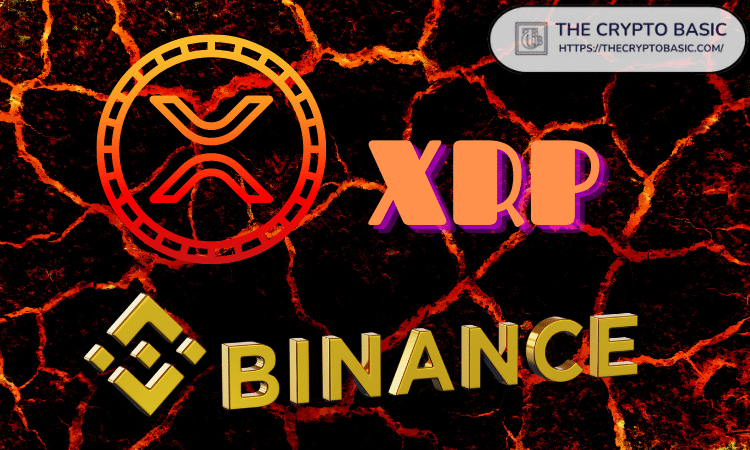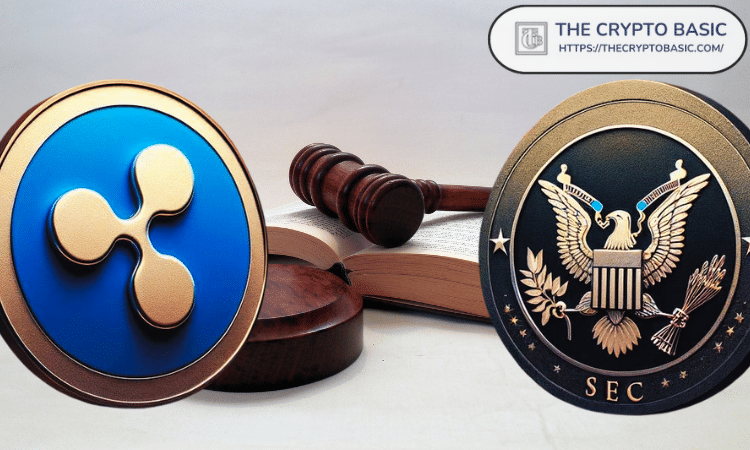BinanceUS, the US-based sister exchange to Binance, rolls out crypto trivia on Twitter, placing the XRP network’s unique consensus algorithm in the spotlight.
To engage its Twitter followers and customers, BinanceUS launched an interesting and educating Twitter poll for the XRP community today. The poll encapsulated in a crypto trivia strived to intimate users about the distinct blockchain consensus algorithms.
The BinanceUS Poll
In particular, BinanceUS aimed at spotlighting the unique consensus algorithm adopted on the XRP network to solve high latency and Byzantine Generals Problems. The trivia reads:
“While many consensus algorithms try to solve the Byzantine Generals Problem as it relates to distributed payment systems, many suffer issues such as high latency. XRP attempts to bypass this by utilizing collectively-trusted subnetworks also known as what?”
#Crypto Trivia 📝
While many consensus algorithms try to solve the Byzantine Generals Problem as it relates to distributed payment systems, many suffer issues such as high latency.
XRP attempts to bypass this by utilizing collectively-trusted subnetworks also known as what?
— Binance.US 🇺🇸 (@BinanceUS) August 9, 2023
– Advertisement –
Accordingly, the crypto trivia listed four blockchain consensus algorithm types, calling XRP proponents to pinpoint the mechanism used on the XRP Ledger (XRPL). These four consensus algorithms included Proof of Work (PoW), Proof of Stake (PoS), Ripple Protocol CA (RPCA), and Delegated Proof of Stake (DPoS).
The corresponding vote data showed that most XRP community members are quite knowledgeable about the design of the XRPL network.
However, some voters on the BinanceUS Twitter poll selected the wrong options. At the time of writing, a total of 268 users have participated in the poll as of press time, with 15 hours left before it closes.
Of these cast votes, 25% of users implied that the XRP network adopts the proof of work concept. While 19.8% of voters submitted that the XRP Ledger is based on proof of stake, 14.9% selected the Delegated Proof of Stake option.
Notably, 40.3% of voters chose Ripple Protocol CA (RPCA), which is the correct option. The Ripple Protocol Consensus Algorithm helps the XRP Ledger nodes agree on the state of transactions and maintain the ledger’s accuracy without relying on a central authority.
XRP Network Consensus Algorithm
Reacting to the BinanceUS crypto trivia, a software engineering guru threw extra light on the consensus mechanism used on the XRP network. Amrut Patil disclosed that the XRP network uses subnetworks dubbed Unique Node Lists (UNLs) to counter high latency problems.
He added that these subnetworks are authorized by different validators, indirectly touting the decentralized state of the XRP Ledger.
He wrote: ‘XRP tackles the high latency problem by using collectively-trusted subnetworks called “UNLs” or “Unique Node Lists.” These subnetworks have trusted validators that help reach consensus faster.’
XRP tackles the high latency problem by using collectively-trusted subnetworks called “UNLs” or “Unique Node Lists”.
These subnetworks have trusted validators that help reach consensus faster.
— Amrut Patil🚢 (@realamrutpatil) August 9, 2023
Notably, XRP’s consensus algorithm has faced criticism from several industry participants. As published, some users opined that the network is not sufficiently decentralized, citing the XRP Ledger Foundation’s role in defining node operators in the default Unique Node List (dUNL).
However, Ripple CTO David Schwartz clarified that the XRPLF has no enforceable right to decide who can and cannot operate a validator node on the XRPL.
Follow Us on Twitter and Facebook.
Disclaimer: This content is informational and should not be considered financial advice. The views expressed in this article may include the author’s personal opinions and do not reflect The Crypto Basic’s opinion. Readers are encouraged to do thorough research before making any investment decisions. The Crypto Basic is not responsible for any financial losses.
-Advertisement-
#BinanceUS #Launches #Poll #Spotlight #XRP #Unique #Consensus #Algorithm


